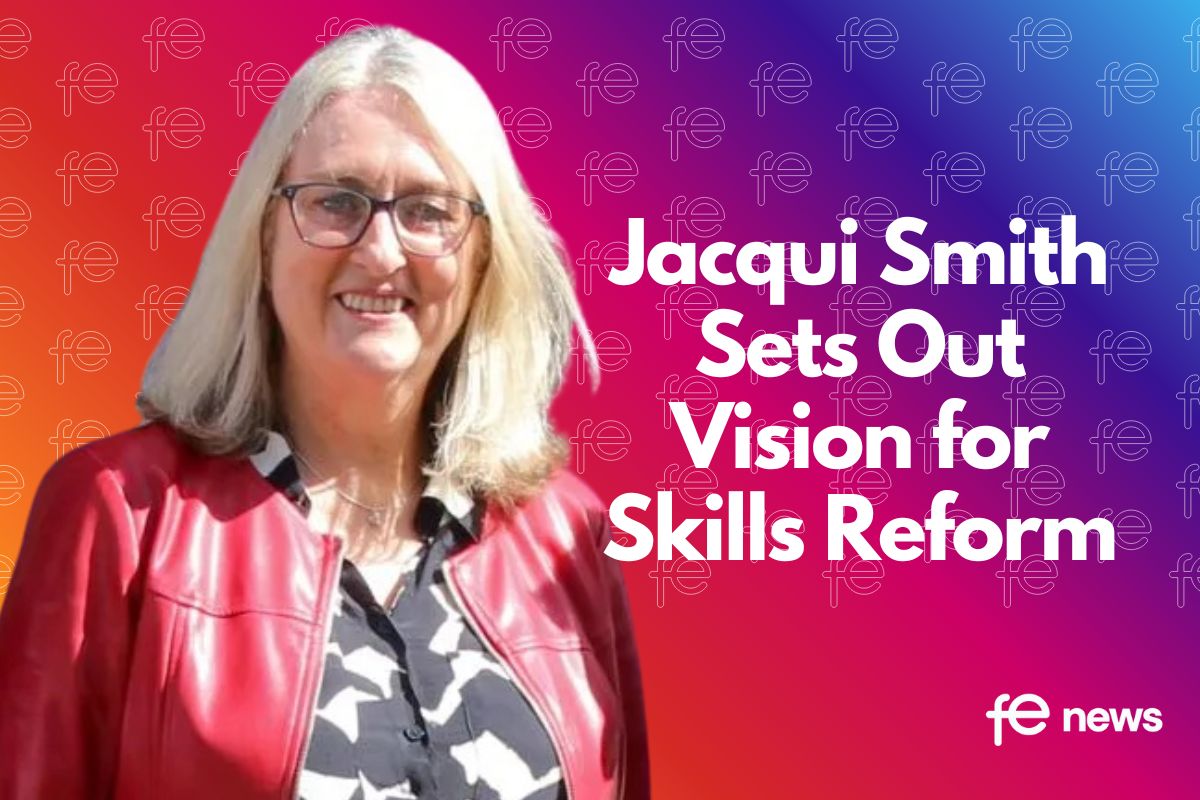Plugging the digital skills gap: the role of success-based financing and data intelligence

Over the past decade, economic demand for digital skills has dramatically increased, with companies across all industries making use of advancements in tech to increase productivity and efficiency.
This naturally begs the question: are today’s workers sufficiently equipped with the skills necessary for our digital economy?
The statistics tell us the answer is no, with 4 out of 10 adults in Europe lacking basic digital skills and over 75% of executives finding it a challenge to recruit people with relevant digital skills.
However, while the Covid-19 pandemic hit the UK economy hard, leading to the highest unemployment rate in five years (and due to rise when the furlough scheme lifts later this year), the technology sector is booming and has created a greater demand for technical skills than ever. Notably, nearly 800,000 additional jobs were created in computer programming and related services in 2020. Therefore, the UK is battling a growing skills shortage, with recent reports claiming fewer than half of UK employers think young people leave education with sufficient digital skills.
Making sure graduates and those considering new careers are being adequately trained for jobs in emerging sectors is crucial for continued economic growth. Yet it’s clear we don’t have enough technology talent to meet market demand. It’s a cross-industry problem that requires a collaborative approach to tackle, and education providers will need to partner with innovative tech industry players if they want to contribute to plugging the skills gap.
Which sectors are most in demand?
Covid-19 has accelerated an already booming tech industry, leading to a slew of jobs in emerging sectors that didn’t exist 10-15 years ago.
Today, the most in-demand job sectors include:
- Blockchain, with the explosion of the cryptocurrency and NFT markets;
- Cybersecurity, coinciding with a pressing need for industries to combat the rise in data breaches;
- Data analytics, with data now being the most valuable asset a business can possess, and
- Healthcare technology, which has seen considerably heightened investment since the pandemic.
And even prior to the pandemic, 85 million people worldwide were already expected to have to change careers in their lifetime due to advancements in automation.
Evidently, education providers are at the core of reskilling bright minds in the sectors most sought after today. We need all education providers – colleges, universities, academies and training bootcamps – to embrace the speed of change and join forces with the employment sector to create relevant programs for all that will bridge the gap in the digital economy.
The issue of affordability
Running parallel to the need to grow tech talent is the need to democratise access to education and make it viable for people from all backgrounds. Solely creating education programmes won’t solve the tech skills problem if the people who would benefit most can’t afford to attend them. The current financial system leaves millions of people behind, specifically people who are unemployed, underemployed, on previously low incomes or from low socioeconomic backgrounds.
Those who fall into these camps are usually neglected by traditional financial institutions, and often can’t even access a bank account, let alone any form of financing, and this has only been exacerbated by the effects of the pandemic. When education only serves a privileged few, the effects are felt further afield and the inequality gap widens further, so there is a clear need for a flexible financing model that benefits all students.
Helping students onto the job market
Education providers also play an important role in bridging the gap between the programmes and courses they offer and the employment opportunities they lead to. A recent statistic shows that less than half of students at some English universities will find jobs or secure further study 15 months after graduating.
Clearly, there is work to be done in providing students with a means to not only receive an education, but to also help them on the road to employment.
ISAs: focusing on a student’s future potential, not their past
One emerging method to combat the burgeoning skills gap is an outcomes-based financing model, known as an Income Share Agreement (ISA). With an ISA, tuition fees are covered upfront on the student’s behalf, and students only begin repaying the fees after gaining employment, in which they earn above a predetermined minimum income threshold. This alleviates any risk involved for the student.
In contrast to other traditional financing models, the ISA model focuses on a candidate’s future potential, and not their employment history or socio-economic background, so anyone can take advantage of the model, no matter what stage they’re at. By focusing on the potential of students and not limiting access based on their financial or educational past, ISAs deployed at scale have the potential to level the playing field and widen participation, and unlike traditional models like loans, an ISA does not require a guarantor. Having institutions participate in ISAs guarantees an alignment of interest between student and employer. In a world full of inequality, this is a game changer.
It goes without saying that most education providers don’t have the financial capital or technical capabilities to offer ISAs themselves, and so there is a growing number of tech platforms partnering with the providers to deliver the necessary infrastructure to do so.
How AI and data intelligence is matching supply with demand in the digital economy
Innovations in areas like AI and data intelligence mean that it is now possible to unlock new opportunities for students, education providers and employers alike. Through predictive intelligence, we can understand how well certain education programmes are aligned to job market demand. Moreover, predictive algorithms can assess the likelihood of the employment prospects of a student following a specific training programme, as well as the level of income they are likely to receive throughout their career.
Platforms which provide the infrastructure for ISAs can also be supported by intelligent forward-looking algorithms, so education providers can get access to both the financing option for students and the predictive data on a student’s professional development.
A necessary shift in mindset
The burgeoning skills gap is forcing the education industry to reconsider how it is structured. By offering flexible financing, education providers will be catering to the huge community of people desperate to reskill and upskill for more lucrative careers, which will simultaneously help to plug the skills gap and have a long-term positive impact on the diversity of the tech sector and the economy at large.
Meanwhile, AI and data intelligence is now being applied to the education sector, leading to a shift in how candidates are assessed and how skills programs are curated. If we want to see economic recovery post-pandemic, it’s essential that education providers pivot towards a more outcomes-focused model that proactively meets supply with demand. Incorporating outcomes-based financing into their offering and using available data on employment trends is the first step.
Mariano Kostelec, CEO and co-founder of education financing fintech startup StudentFinance











Responses